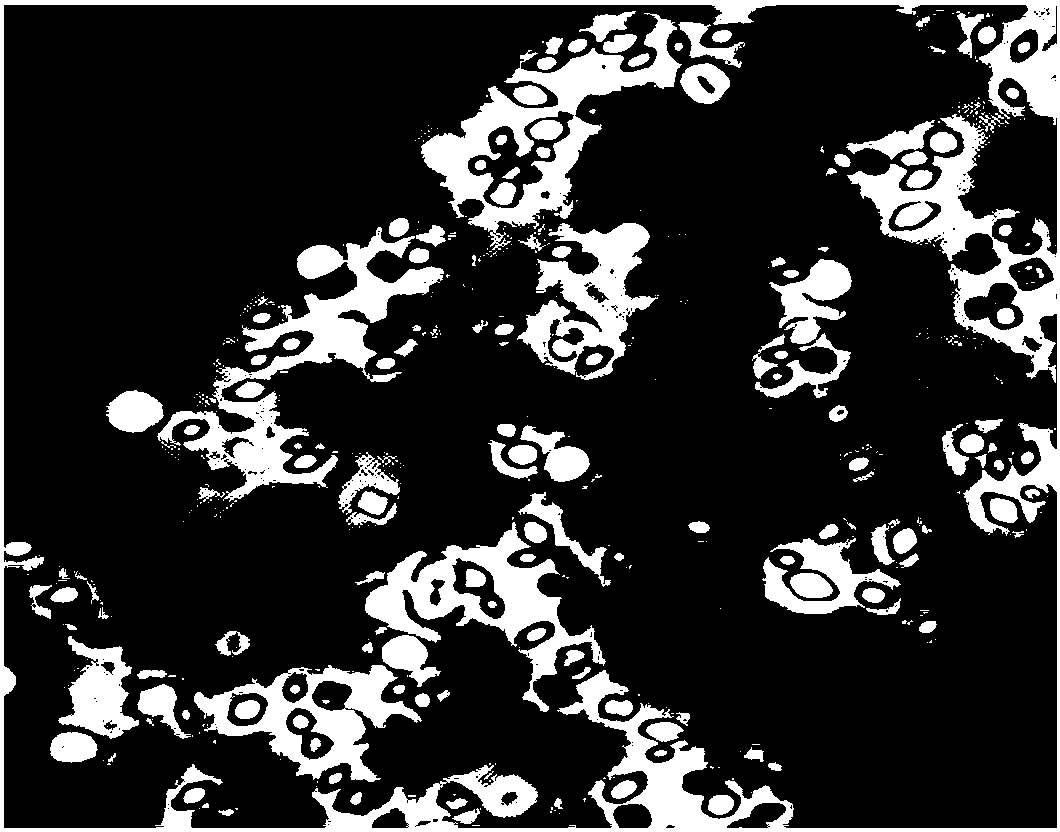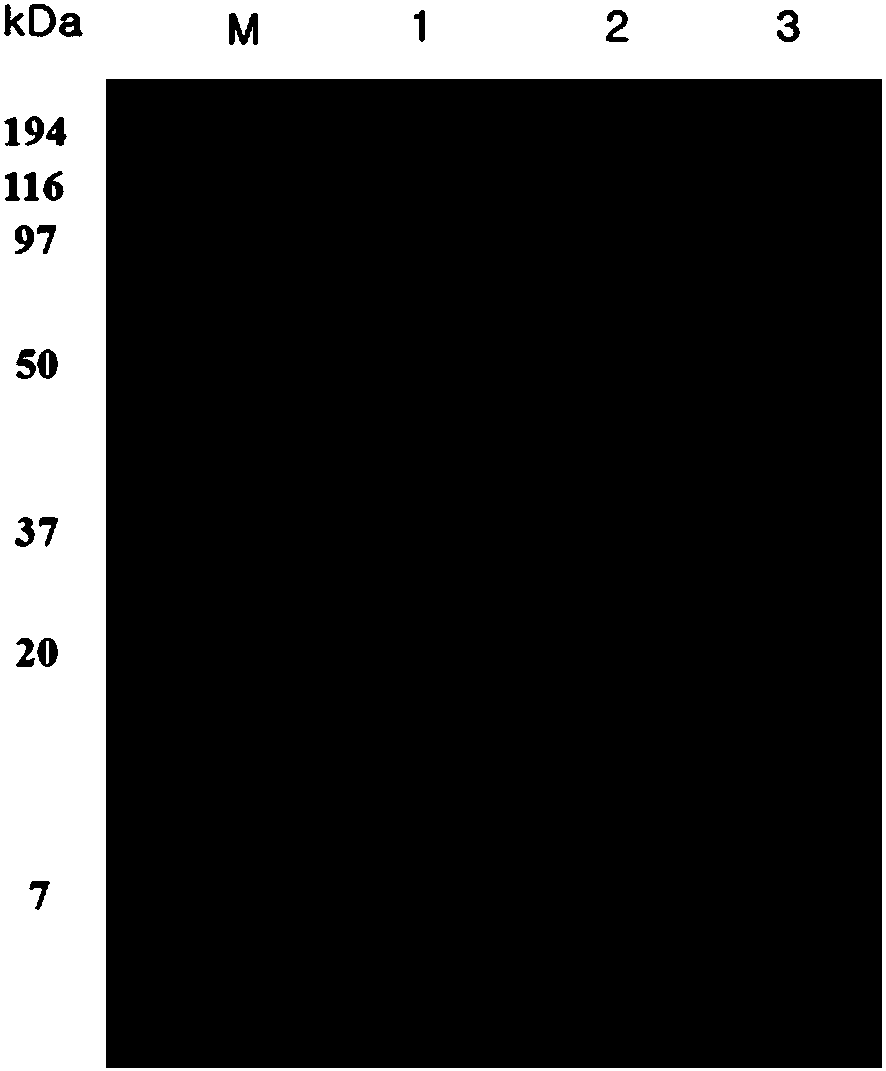Bacillus thuringiensis YN108 with high toxicity to lepidopteran pests, culture method and application of bacillus thuringiensis YN108
A Bacillus thuringiensis and Lepidoptera technology, applied in the field of microbial pesticides, can solve the problems of limited control and low toxicity, and achieve the effects of improving utilization efficiency and excellent insecticidal activity
- Summary
- Abstract
- Description
- Claims
- Application Information
AI Technical Summary
Problems solved by technology
Method used
Image
Examples
Embodiment 1
[0026] Example 1 Isolation of Bacillus thuringiensis subspecies Ayuzawa YN108 bacterial strain (hereinafter referred to as Bacillus thuringiensis YN108)
[0027] The soil for testing comes from the mountainous area of Xicheng Town, Helong City at the foot of Changbai Mountain, and the sample soil is used for the test after collecting 10g at a depth of about 5cm in the soil surface under the tree. Weigh 1 g of the collected soil sample and put it into the test tube, add 9 mL of sterilized water and stir vigorously for 4 to 5 times. In order to screen and remove the miscellaneous bacteria that cannot form spores, the test tube was treated in a constant temperature water tank at 65°C for 30 minutes, and after the heat treatment, it was allowed to stand for 5 minutes. After the soil settled, the supernatant was taken, diluted 1000 times, and spread evenly on the nutrient agar medium (Nutrient agar ), and place the culture medium in a constant temperature incubator at 27°C for 3 ...
Embodiment 2
[0028] Example 2 Serological Identification of Bacillus thuringiensis YN108
[0029] The result of identifying the flagellar antigen of Bacillus thuringiensis YN108 obtained in Example 1 and the method of agglutination reaction with known antiserum, the strain had agglutination reaction with the antiserum of known Bacillus thuringiensis subspecies Ayuzawa, indicating that YN108 The strain belongs to Bacillus thuringiensis subspecies Ayuzawa, see Table 1 for the results.
[0030] Table 1 Serotype classification of Bacillus thuringiensis YN108
[0031] isolate
Embodiment 3
[0032] Example 3 Observation of endotoxin protein of Bacillus thuringiensis YN108
[0033] The results of observing the endotoxin protein of Bacillus thuringiensis YN108 obtained in Example 1 with a phase-contrast microscope are as follows: In order to obtain the endotoxin protein, it was inoculated on NA medium and cultivated at a constant temperature of 27°C for 3 to 5 days until Spores and endotoxin proteins (paraspore crystals) are formed, and the resulting crystal spores are isolated. Smear the isolated strain producing crystal spores on a glass slide, drop a drop of sterilized water, cover the cover glass, and then drop a drop of cedar oil, observe under a 1000-fold phase-contrast microscope. figure 1 It is a phase-contrast micrograph (×1000) of endotoxin protein (C) and spore (S) of Bacillus thuringiensis YN108. From figure 1It can be seen that the paraspore crystals (endotoxin protein) of Bacillus thuringiensis YN108 are rhomboid, which is consistent with the morphol...
PUM
| Property | Measurement | Unit |
|---|---|---|
| molecular weight | aaaaa | aaaaa |
| molecular weight | aaaaa | aaaaa |
| molecular weight | aaaaa | aaaaa |
Abstract
Description
Claims
Application Information
 Login to View More
Login to View More - R&D
- Intellectual Property
- Life Sciences
- Materials
- Tech Scout
- Unparalleled Data Quality
- Higher Quality Content
- 60% Fewer Hallucinations
Browse by: Latest US Patents, China's latest patents, Technical Efficacy Thesaurus, Application Domain, Technology Topic, Popular Technical Reports.
© 2025 PatSnap. All rights reserved.Legal|Privacy policy|Modern Slavery Act Transparency Statement|Sitemap|About US| Contact US: help@patsnap.com



